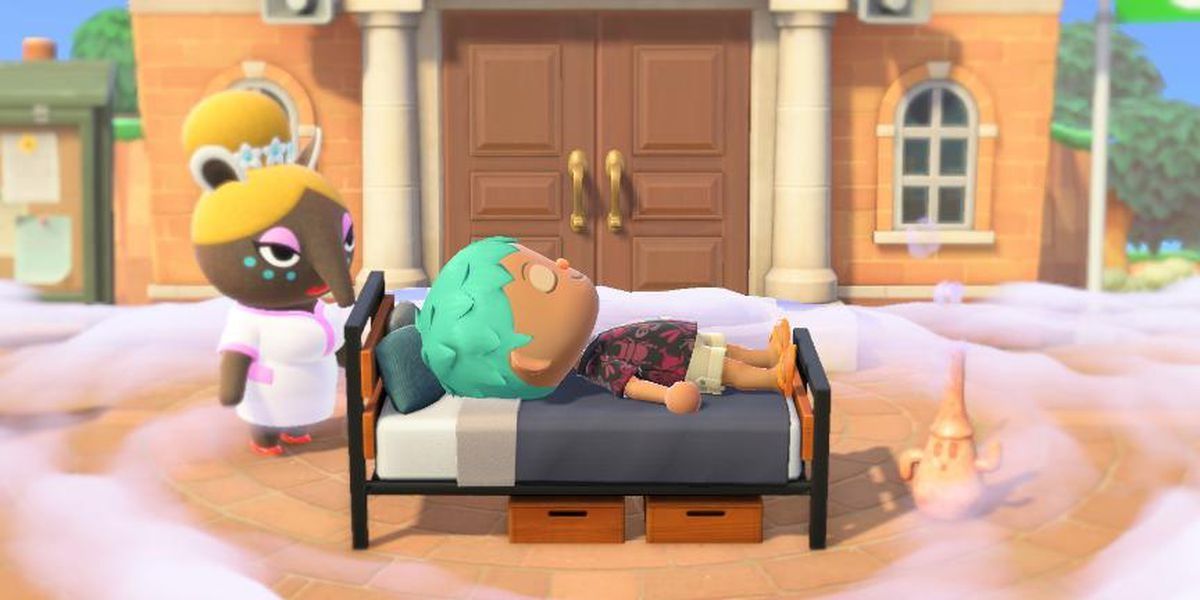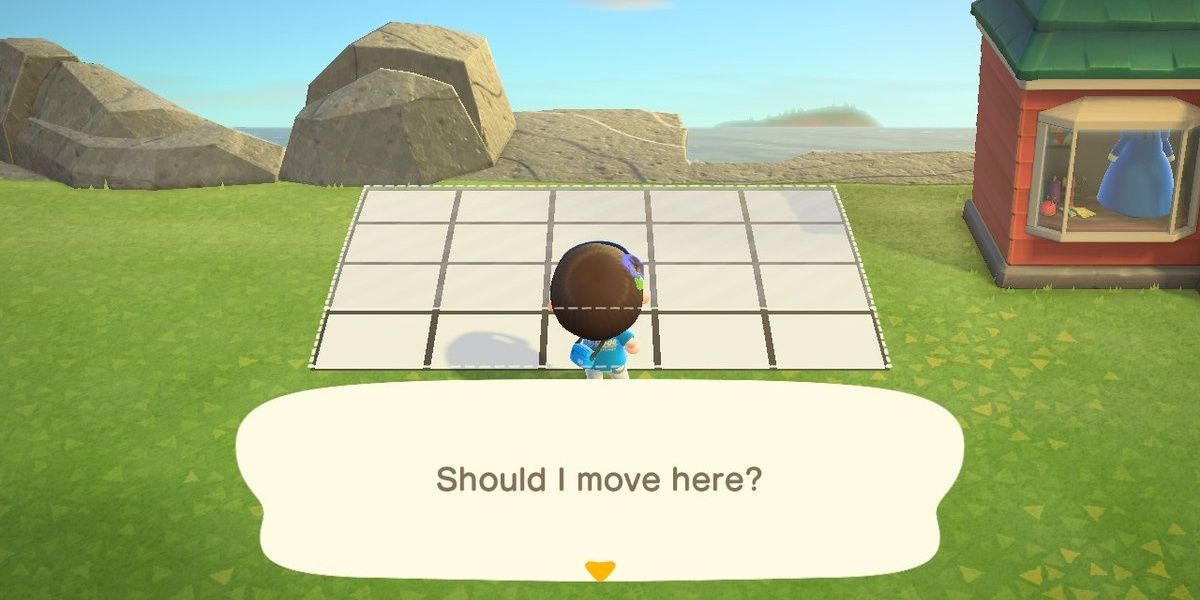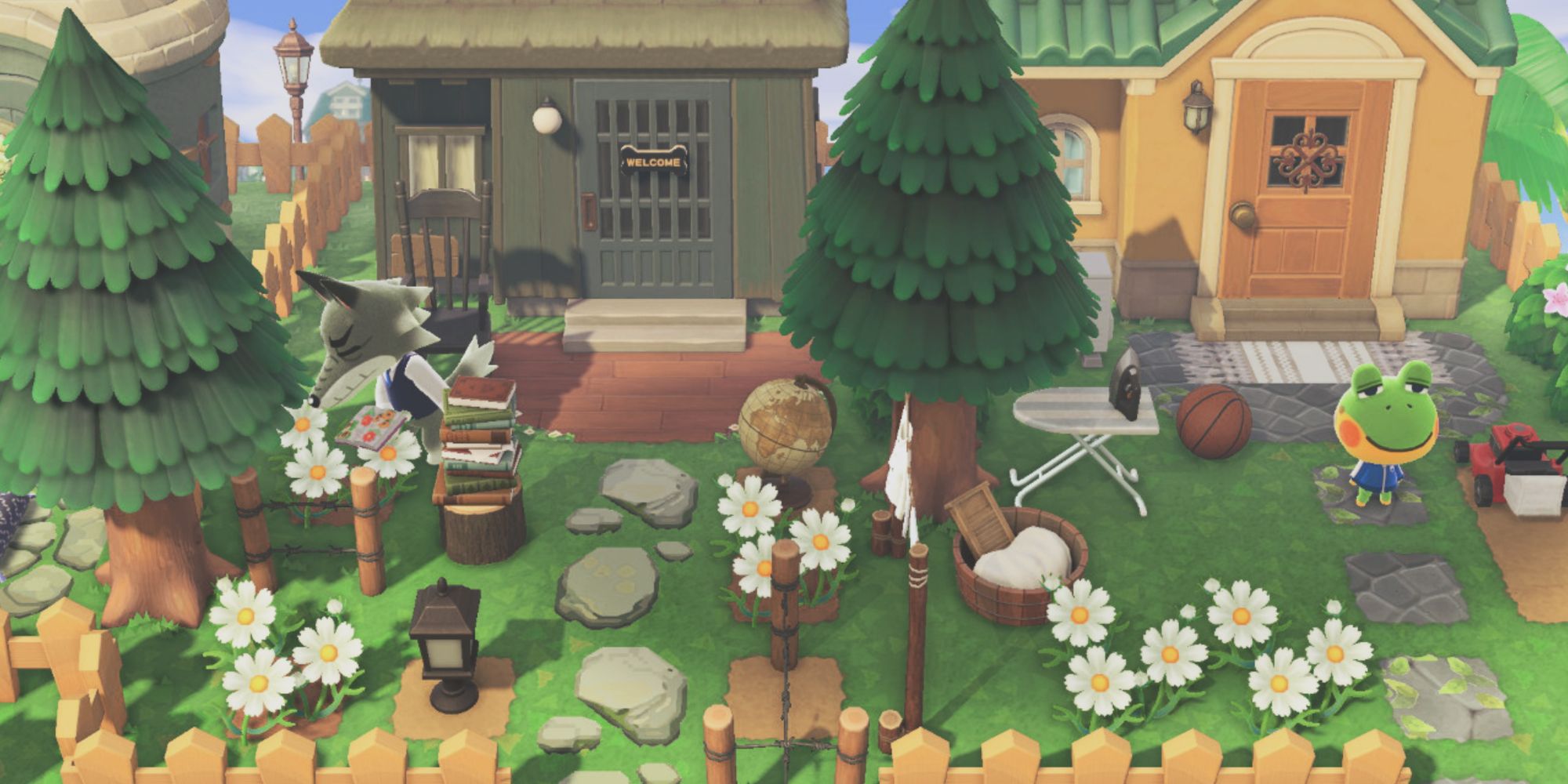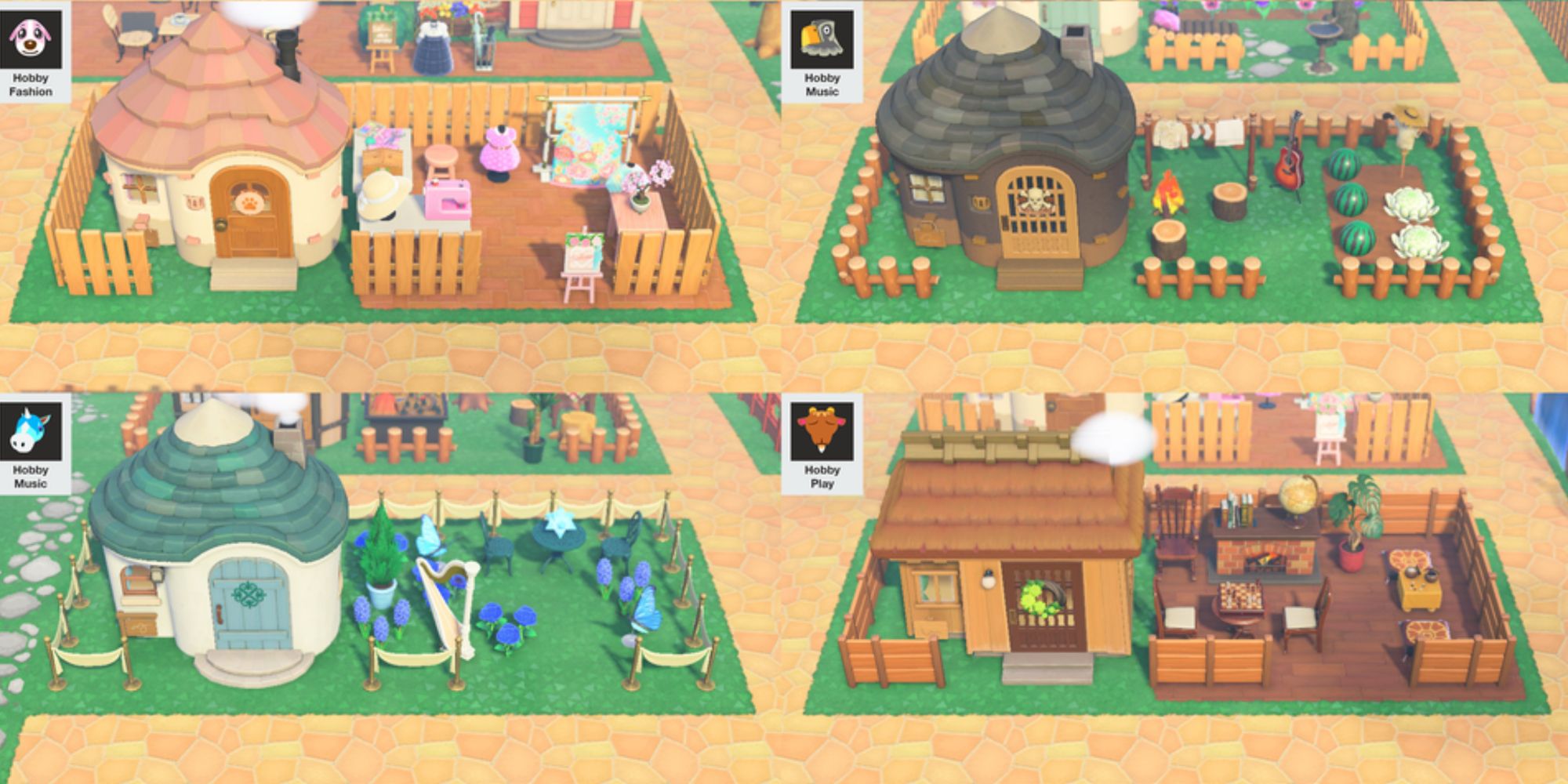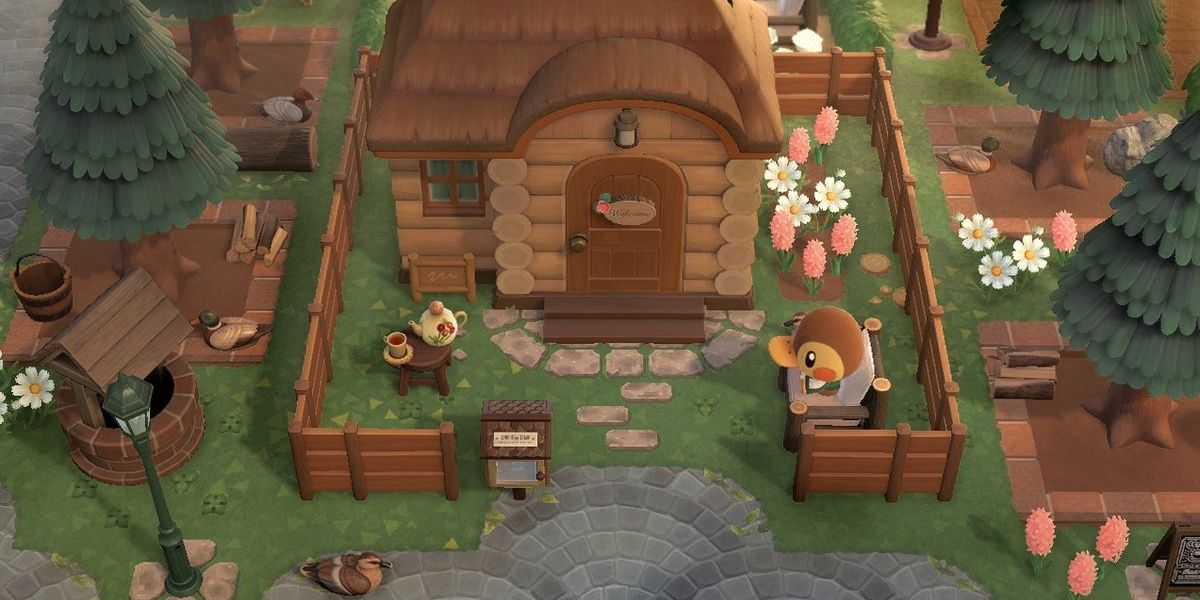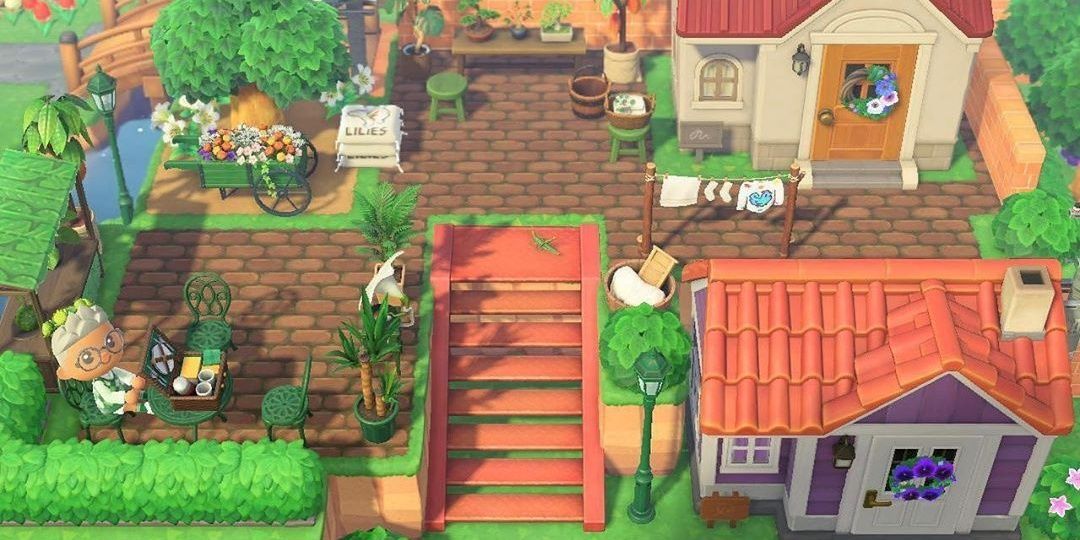Quick Links
Throughout its existence as a series, Animal Crossing has used many different methods for placing houses in its towns. Previously, you didn’t have much control over where your villagers decided to place their houses. However, Animal Crossing: New Horizons completely changed this.
With New Horizons, you have the most freedom yet for town planning and building, as housing plots can be placed and moved wherever you want. This means that creating proper neighborhoods is not just possible, but fun and accessible. If you’d like to create a neighborhood for your villagers, but you’re not sure where to start, we’ve made this handy guide to help make your vision a reality.
Updated March 28, 2023 by Rebecca Phillips: With the creative freedom that New Horizons offers, the options are seemingly endless when it comes to creating a neighborhood on your island. If you’re struggling for residential ideas, this guide can help inspire you and finally turn your island into the wonderful neighborhood your villagers deserve. We’ve updated this guide for clarity, so you can easily find the neighborhood ideas that speak to you.
Get Some Inspiration
Life imitates art, and art imitates life: this is true even in the realm of Animal Crossing. Many players draw inspiration from real-life neighborhoods, fictional places, or coveted aesthetics such as Cottagecore.
It’s a great idea to browse through islands and see what appeals to you. If you have a Nintendo Switch Online subscription, you can hop into bed and have Luna whisk you away to a random island. Who knows what inspiration you’ll find there.
Remember, there’s no shame in getting inspiration from others; plenty of artists have done it throughout history! When you have no idea where to start, seeing the possibilities of what can be made really helps get your creative juices flowing.
Choose A General Theme
Rural forest town, or urban city streets? Fairytale pastels, or natural earth-tones? These are decisions that every player must make when filling their island, but figuring out what you don’t want can help you realize what you do want.
It’s good to ask yourself these questions while planning:
- Do you want a combination of shops and houses or a strictly residential area?
- Do you want each villager to have their own yard, or will you have houses close together with little space?
- Do you want a communal area such as a park or flower garden?
- Will you have one unifying path, or multiple different paths? Will you use the Island Designer App paths or custom paths?
- Will you have dividers such as bushes, fences, or furniture items? Will they be the same throughout, or different for each house?
If you like the sound of multiple ideas, you can always mix and match! For example, you could have an exclusively residential area for half of your villagers, and another area that combines houses and shops for the rest of them.
Plan Out Your Space
The most important part of building a neighborhood is prepping the space in advance. You can’t just throw houses and paths everywhere and expect magic to happen, although that would be easier.
Consider using a website like Happy Island Designer to plan out your basic neighborhood structure, then working on the details once you’ve plotted it out in your game. This can be done by placing paths or custom designs to allow for precise measurements. It’s temporary, but very visible and reliable.
It will take some time for your neighborhood to come to fruition, but Rome wasn’t built in a day. Here are some things to remember during the planning phase:
- Clear a large empty space that can comfortably fit the amount of houses you want. For all ten villager houses, we recommend at least 200 squares, but your design may require more. Whatever size you plan, it’s good to set aside the same space for every house (unless you’re playing favorites!)
- Moving buildings costs 50,000 bells each, and you can only move one per day, so make sure your placements are exactly how you want.
- A villager house is four squares vertical and four squares horizontal (4×4), which is important to know when designing yards and placing paths. A player’s home is slightly larger, with four squares vertical and five squares horizontal (4×5).
- Having all your houses on the same, flat surface makes planning and walking through the neighborhood much easier for both you and your villagers. Adding cliffs can look great, but is best done to the north of the island so it won’t obstruct your view.
- Some people like having paths go right up to a villager’s doorstep, while others have it further away from the house. This can apply for both App and custom design paths, so experiment to see what looks best to you.
Yard Building
Arguably the most fun part of neighborhood building, yards are what villagers will wake up to and enjoy every morning on your island. The potential for creativity is endless: yards can be aesthetic gold mines and also personal love letters to villagers.
Some players choose front yards, while others enjoy the space side yards give them. Anything goes here, though most agree backyards are wasted potential due to the view being blocked.
Make sure to include yard space when moving houses and laying down paths.
Fit Your Villager’s Vibe
Having trouble decorating a yard? Why not get inspiration from one of these aspects of your villager?
Personality
One of the most common ways of yard designing is to base it off the villager’s personality type: snacks and comfy seats for Lazy villagers, weights and sports equipment for Jock villagers, books and reading nooks for Normal villagers.
Plenty of inspiration can come from what a villager has inside their house as well.
Color
Another great way to design a yard is to focus on color. Every villager has a unique house inspired by their design and color palette, making it that much easier to design a yard that matches them perfectly.
Hobby
A lesser-known trait about villagers is that they all have a hobby. There are six hobbies in total:
- Education
- Fashion
- Fitness
- Music
- Nature
- and Play.
These hobbies reflect what activities they prefer to do around the island and are a great source of inspiration for yard decoration.
Making A Villager-Friendly Neighborhood
Designing a neighborhood based on aesthetics is all well and good, but remember that it’s home for your villagers, so making it fun for them is important too. Here are some practical tips about designing for villagers:
- Your villagers won’t be able to use items if they can’t reach them. Try to avoid cramped spaces and narrow paths that will hamper their movement.
- It’s a good idea to have chairs and seats facing out from walls and fences so villagers will be more likely to sit and relax.
- If you’re planning a communal space, it’s helpful to leave enough open space for villagers to run around in.
- Villagers love sitting under trees; consider making spaces such as an orchard for them to snooze in.
Leaving open space and not over-filling your island will also help with how the game runs. Filling your island with lots and lots of items often causes the game to lag, so be mindful of how much furniture you place outside.
It’s Not Set In Stone
If you find yourself feeling unsure about your neighborhood or constantly fiddling with aspects of your design, that’s okay! You’re allowed to change your mind, even if it took time to make.
Just like life, it’s natural to want change after long periods of stagnation or inaction, so don’t be afraid to fiddle and shuffle houses around until you have exactly what you want. It may be Tom Nook’s island, but you’re the real artistic mastermind.
It can be expensive to keep redesigning your island and moving houses and other buildings around. You may want to invest in the stalk market to keep your funds high.

